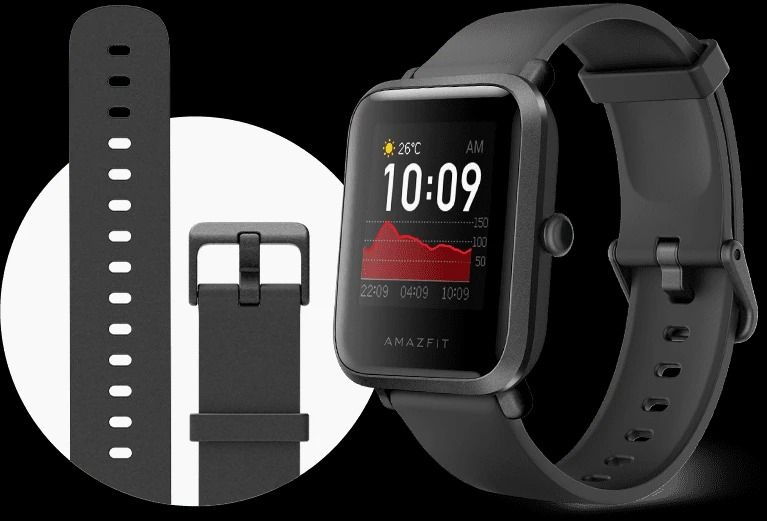Vivo recently unveiled its latest flagship series, Vivo X50, in China. Succeeding the Vivo X30 and X30 Pro that launched in December last year, the new X50 series brings many notable updates to the table, ranging from a new gimbal camera system to higher refresh display panels.
We have opened XDA Forums for all three devices to let users discourse, share their experience, and engage in custom development activities.
Vivo X50
The base Vivo X50 offers a 6.56-inch AMOLED panel with a 90Hz refresh rate, a big step up from the 60Hz panel of the X30. Where Vivo settled for Samsung’s Exynos 980 SoC on the X30 series, the X50 has gone back to Qualcomm, featuring the Snapdragon 765G chipset coupled with Adreno 620 GPU, 8GB LPDDR4X RAM and up to 256GB storage. On the camera front, the phone has a 48MP Sony IMX598 primary shooter, 13MP portrait camera, 8MP ultra-wide-angle camera, and 5MP macro lens.
Vivo X50 Pro
The Vivo X50 Pro is perhaps the most interesting of the bunch. The main highlight of the device is the gimbal camera system, which promises improved stabilization and an 8MP periscope lens that offers up to 60x hybrid zoom. The X50 Pro features the same 6.56-inch AMOLED display with a 90Hz refresh rate, but it has a curved panel as opposed to the flat one on the standard variant. Just like the base model, the X50 Pro is also powered by the Snapdragon 765G SoC.
Vivo X50 Pro+
Finally, the Vivo X50 Pro+ is the real flagship and packs top of the line specifications. It features a curved AMOLED display, which is the same size as the base and Pro models but offers a higher 120Hz screen refresh rate. The phone is powered by the cutting edge Snapdragon 865 SoC and packs up to 12GB RAM and 256GB of storage. It also offers a faster 44W charging solution compared to 33W fast charging on the X50 and X50 Pro.
The post Vivo X50, X50 Pro, and X50 Pro+ forums are now open appeared first on xda-developers.
from xda-developers https://ift.tt/2U6nuX9
via IFTTT






